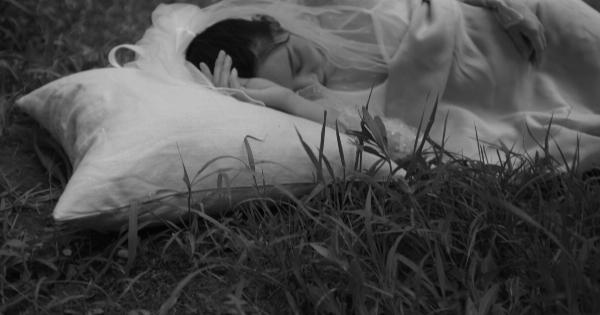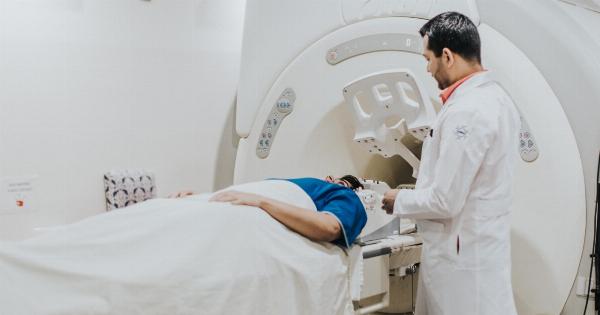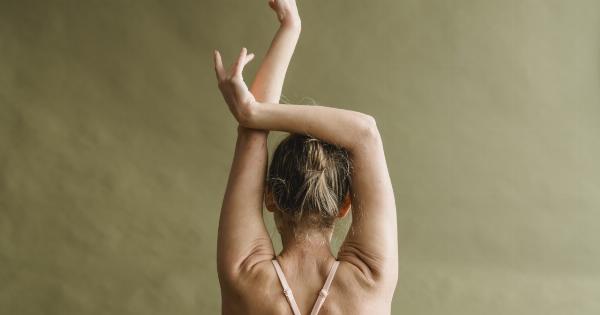Sleep is a vital process that plays a fundamental role in our physical, physiological, and psychological well-being. The way we sleep also affects our overall health, productivity, and quality of life.
One of the factors that determine the quality of our sleep is our sleeping attitude. There are several sleeping attitudes, and each has its own set of advantages and disadvantages. In this article, we will explore the different sleeping positions and their effects on our health.
The Fetal Position
The fetal position is one of the most popular sleeping positions, especially among women. This position involves curling up the legs and bending the head towards the knees, just like a fetus.
This position is comfortable and helps relieve pressure on the back. It also reduces snoring and helps prevent sleep apnea. However, sleeping on one side for a long time can lead to wrinkles, and it can also cause arm and shoulder pain.
The Soldier Position
The soldier position involves lying flat on the back with the arms at the sides. This position helps prevent acid reflux, snoring, and sleep apnea. It also keeps the spine straight, reducing the risk of back pain.
However, this position can cause the tongue to fall back, blocking the airway and leading to snoring and sleep apnea. It can also cause lower back pain and discomfort.
The Log Position
The log position involves lying on the side with both arms down and the legs straight. This position helps reduce snoring and sleep apnea by keeping the airways open. It also reduces the risk of back and neck pain.
However, sleeping on one side for a long time can cause joint pain and pressure points. It can also lead to wrinkles due to the constant pressure on one side of the face.
The Yearner Position
The yearner position involves sleeping on the side with the arms outstretched, just like a mummy. This position helps prevent acid reflux, snoring, and sleep apnea by keeping the airways open. It also helps reduce the risk of back and neck pain.
However, sleeping on one side for a long time can cause joint pain and pressure points, especially around the shoulders and hips.
The Freefall Position
The freefall position involves sleeping on the stomach with the head turned to one side. This position helps reduce snoring and sleep apnea. It also reduces the risk of back pain by keeping the spine in a neutral position.
However, sleeping on the stomach can cause neck pain due to the constant twisting of the head. It can also cause arm numbness and discomfort due to the pressure on the nerves.
The Starfish Position
The starfish position involves lying flat on the back with the arms up and the legs apart. This position helps prevent acid reflux, snoring, and sleep apnea. It also helps reduce the risk of back pain by keeping the spine in a neutral position.
However, sleeping on the back can cause tongue and jaw to fall back, blocking the airway and leading to snoring and sleep apnea. It can also cause lower back pain and discomfort.
The Spooning Position
The spooning position involves lying on the side with one person’s back against the other person’s chest, just like two spoons in a drawer. This position helps increase intimacy and promotes feelings of security and comfort.
It can also help reduce snoring and sleep apnea by keeping the airways open. However, sleeping in this position for a long time can cause joint pain and pressure points, especially around the shoulders and hips.
The Upside-Down Position
The upside-down position involves lying on the bed with the head hanging over the edge, just like a bat. This position helps increase blood flow to the head and brain, which can improve memory and cognition.
It can also help reduce snoring and sleep apnea by keeping the airways open. However, sleeping in this position can cause headaches, dizziness, and discomfort due to the constant pressure on the head and neck. It can also cause neck pain due to the stretching of the neck muscles.
The Advantages and Disadvantages of Different Sleeping Attitudes
After exploring different sleeping attitudes, we can conclude that each has its own set of advantages and disadvantages. The fetal position is comfortable and helps relieve pressure on the back, but it can cause wrinkles and arm and shoulder pain.
The soldier position keeps the spine straight, reducing the risk of back pain, but it can cause snoring and sleep apnea. The log position helps reduce snoring and sleep apnea, but it can cause joint pain and wrinkles. The yearner position helps prevent acid reflux and snoring, but it can cause joint pain and pressure points.
The freefall position helps reduce snoring and sleep apnea, but it can cause neck pain and arm numbness. The starfish position helps prevent acid reflux and reduces the risk of back pain, but it can cause snoring and sleep apnea. The spooning position increases intimacy and comfort, but it can cause joint pain and pressure points.
The upside-down position improves blood flow to the head and brain, but it can cause headaches and discomfort.
Therefore, it is essential to choose the sleeping attitude that best suits our individual needs and preferences.
Our choice should also take into consideration any health conditions, such as back pain, sleep apnea, and acid reflux, that need to be addressed. Finally, it is important to maintain good sleep hygiene habits, such as sleeping on a comfortable mattress and maintaining a regular sleep schedule, to ensure a restful and rejuvenating sleep.






























